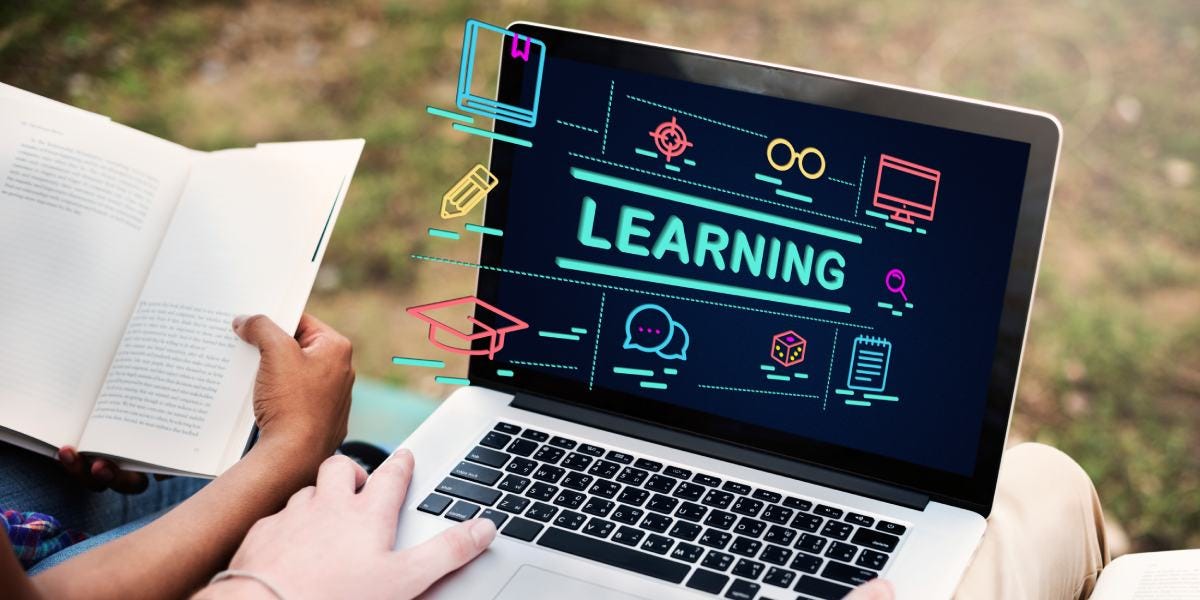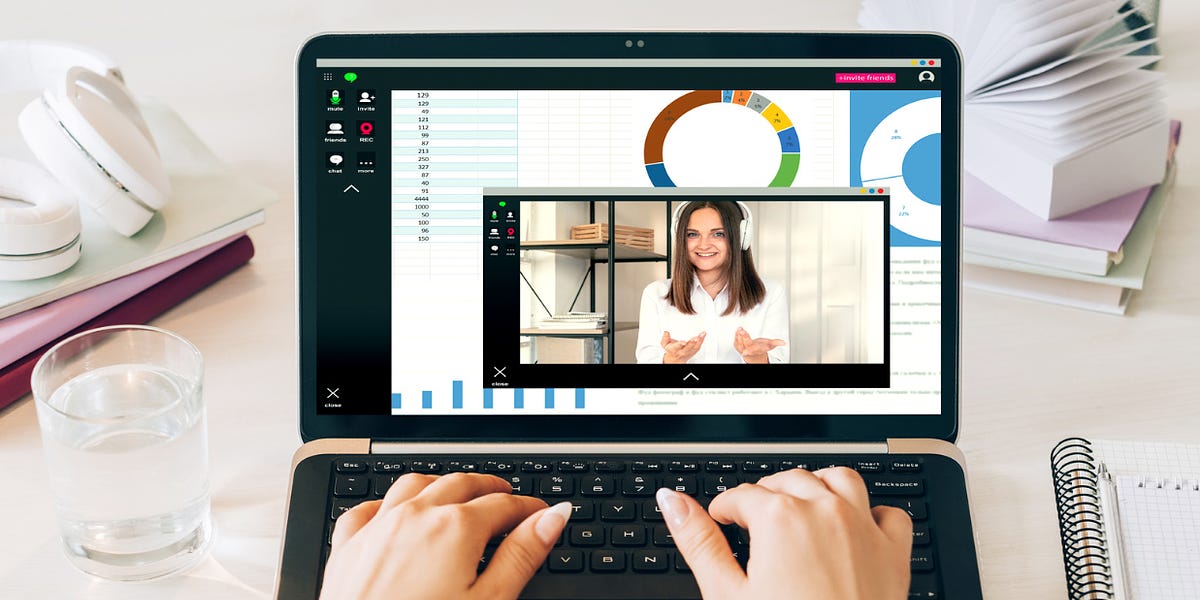In the rapidly evolving landscape of healthcare, patient education has emerged as a critical component for promoting better health outcomes. Traditional methods of patient education, such as pamphlets and verbal instructions, have limitations in effectively conveying complex medical information. Enter multimedia patient education, a powerful tool that leverages various forms of media to enhance the understanding of medical concepts, treatment plans, and overall health management. This article explores the significance of multimedia patient education in modern healthcare, its benefits, challenges, and potential future developments.
The Significance of Multimedia Patient Education
- Improved Understanding and Retention: Multimedia patient education excels in delivering information in a format that caters to diverse learning styles. Visual aids, animations, and interactive modules help patients better grasp complex medical concepts, facilitating improved understanding and retention of crucial information. This is especially important for patients dealing with chronic conditions or undergoing complex medical procedures.
- Enhanced Engagement: Traditional patient education methods often struggle to capture and maintain patient engagement. Multimedia content, on the other hand, has the ability to captivate and sustain attention through dynamic visuals, interactive features, and personalized experiences. Engaged patients are more likely to actively participate in their healthcare journey, leading to better adherence to treatment plans and healthier lifestyles.
- Accessible Learning: Multimedia patient education transcends language barriers and accommodates various literacy levels. Visual content can convey information more universally, making it accessible to a broader audience. This inclusivity is crucial for promoting health equity and ensuring that every patient, regardless of their background, can access and comprehend essential healthcare information.
Benefits of Multimedia Patient Education
- Tailored Learning Experience: Multimedia patient education allows healthcare providers to tailor educational materials to individual patient needs. Customizable content can be created to address specific health conditions, treatment plans, and lifestyle recommendations. This personalized approach enhances the relevance of the information, increasing its impact on patient understanding and compliance.
- Real-world Context: Videos, simulations, and interactive content provide patients with a real-world context for medical information. Seeing and experiencing concepts in a simulated environment helps patients relate theoretical knowledge to practical applications. For instance, a multimedia module illustrating the correct technique for administering insulin injections can be more instructive than written instructions alone.
- Patient Empowerment: Empowering patients with knowledge is a key aspect of improving healthcare outcomes. Multimedia patient education empowers individuals to actively participate in their care, ask informed questions, and make well-informed decisions. Informed patients are more likely to adhere to treatment plans, manage their conditions effectively, and adopt healthier lifestyles.

Challenges and Considerations
- Digital Literacy and Access: While multimedia patient education holds great promise, challenges related to digital literacy and access must be addressed. Not all patients have the same level of comfort with technology, and disparities in access to devices or the internet can hinder the widespread adoption of multimedia educational tools. Healthcare providers must consider these factors when implementing such solutions.
- Standardization of Content: Ensuring the accuracy and consistency of multimedia patient education content is crucial. Standardizing information while accounting for the diversity of patient populations can be challenging. Collaborative efforts among healthcare professionals, educators, and content creators are necessary to develop standardized, evidence-based multimedia resources.
Future Developments
- Virtual Reality (VR) Integration: The integration of virtual reality into patient education holds significant potential. VR can provide immersive, realistic experiences that simulate medical procedures or conditions. This technology could enhance patient understanding and reduce anxiety associated with certain treatments, ultimately improving patient outcomes.
- Artificial Intelligence (AI) Personalization: AI-driven personalization can revolutionize multimedia patient education by analyzing individual patient data to deliver tailored content. AI algorithms can take into account a patient’s medical history, preferences, and learning style to create a highly personalized educational experience, increasing the effectiveness of health education initiatives.

Conclusion
Multimedia patient education represents a transformative shift in how healthcare information is disseminated and understood. By leveraging the power of visuals, interactivity, and personalization, healthcare providers can bridge communication gaps, empower patients, and improve overall health outcomes. Despite challenges related to digital access and content standardization, the ongoing evolution of technology, coupled with collaborative efforts within the healthcare community, holds the promise of a future where multimedia patient education becomes an integral and universally accessible aspect of quality healthcare.

